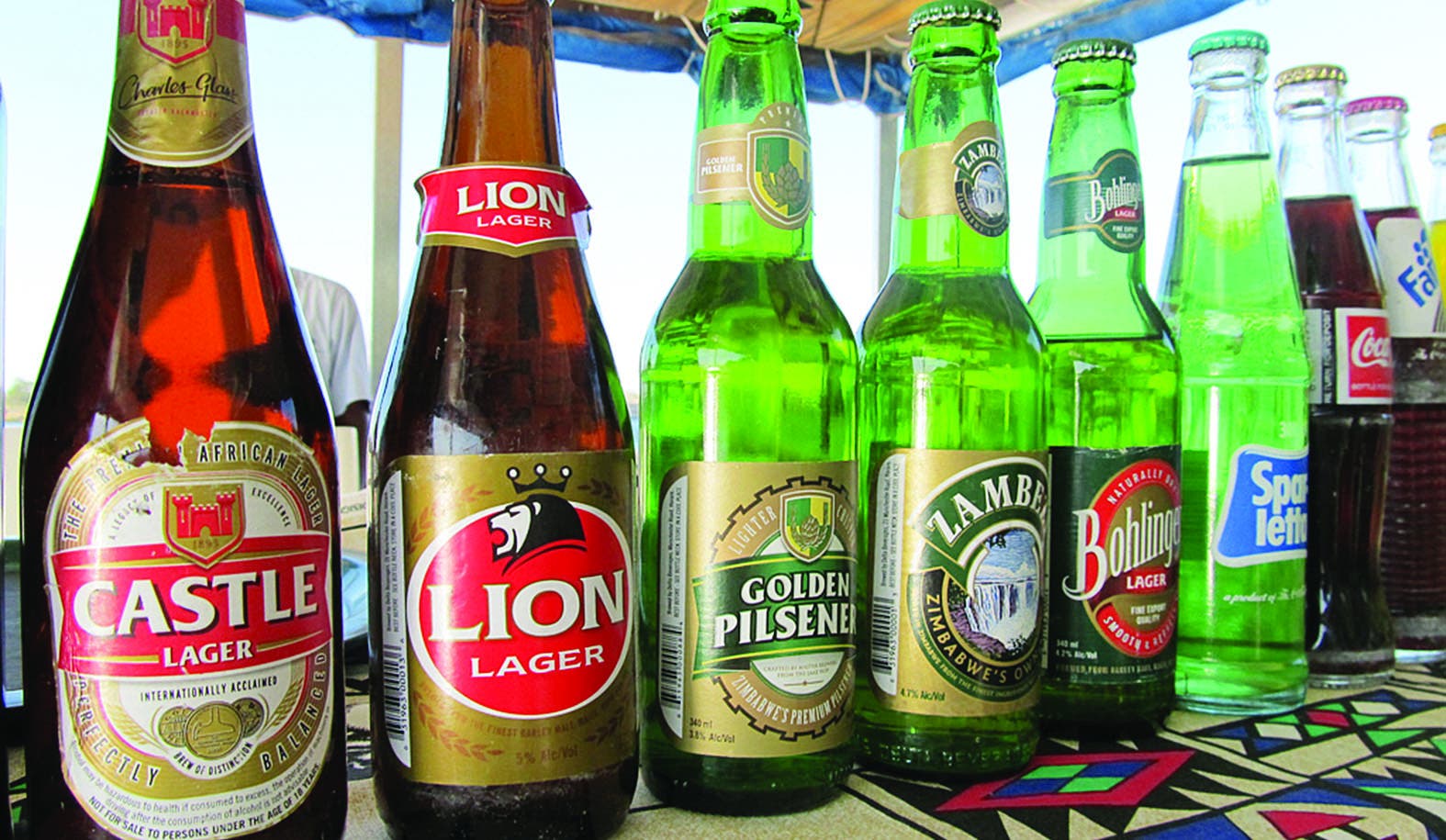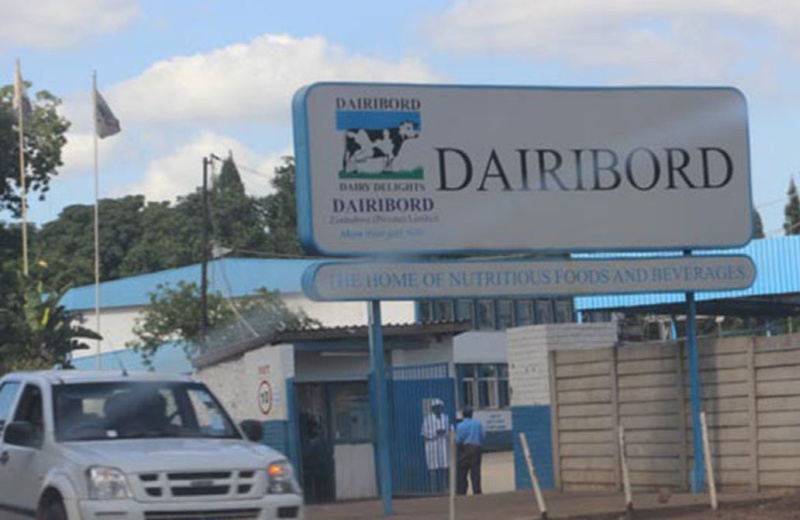ZITF: Platform for Byo to exploit regional markets
AS the Zimbabwe International Trade Fair (ZITF) kicks off today, Bulawayo once again comes under the spotlight, not only as a host to the prime trade showcase, but also as the industrial hub of the country.
Coming at a time when the country has stepped up efforts to achieve an export-led economic growth — taking advantage of the widening regional market under the African Continental Free Trade Area (AfCFTA) Agreement, which came into force in January this year — this is a grand opportunity for every business minded enterprise or organisation seeking to maximise earnings and secure strategic synergies. According to the ZITF Company, 11 countries have confirmed their participation at this year’s multi-sectoral trade exhibition, which was suspended last year due to Covid-19.
This year’s edition will be held under tight Covid-19 mitigation protocols between today and Friday (21 to 24 September 2021).
“Showcasing the New Normal for Business & Industry: Realities and Opportunities” is the theme of the expo, which acknowledges that ZITF 2021 is taking place against the backdrop of Covid-19 and, as such, calls for multi-stakeholder engagement in forging innovative sustainable business models, economic and trade re-engagement.
The global interest in Zimbabwe as an investment destination, source of key raw materials for various industrial processes and key trading partner should entice local businesses, especially Bulawayo industries, to position themselves well during ZITF and beyond.
Unlike in recent years when Bulawayo industries have played second fiddle in terms of ZITF participation following the demise of established companies since the turn of the millennium, the rising opportunities demand that the city’s productive sector players present themselves in large numbers.
The call extends to small to medium enterprises (SMEs), who have become a dominant economic pillar and possess huge capabilities for growth. Bulawayo has a vibrant SMEs sector that has over the past few years made an impact in industrial manufacturing, covering sectors such as leather, agro-processing, mining supplies, tourism, textile and clothing, furniture, construction, engineering, ICT and a diversity of commercial service operations, among others.
A majority of these budding businesses are yet to realise their full potential and have not yet explored the export market. Given adequate capacity support and exposure to strategic partners and export opportunities, their contribution to job creation and to the wider economy could be greater.
Through ZimTrade, the Government continues to make strides in providing critical export market intelligence, which further amplifies the significance of ZITF, as it assists local producers to prepare themselves appropriately towards tapping into the vast export opportunities within our region and the world at large.
The expectation is that the ZITF and regional export marketing insights should translate into new opportunities in a rapidly unfolding context to ensure local business continuity while shockproofing the economy from further adverse consequences of the pandemic.
Over and above the strategic bilateral trade relations the country enjoys within the Southern African Development Community (Sadc) bloc, is the lucrative export gateway for local producers to penetrate the East African Community (EAC) through Rwanda, which has become a hub for a rapidly integrating Africa. Kigali’s central location in the region is seen as strategic in the wider Comesa, West Africa and the wider African continent as a whole.
The chairman of the country’s largest financial institution, CBZ Holdings Limited, Mr Marc Holtzman, recently said Zimbabwe and Rwanda offer the best opportunities for lucrative trade and investments from Middle Eastern investors. The CBZ boss is on record expressing his bank’s willingness to work with partners in unlocking this great opportunity.
In the case of Rwanda, increasing trade with that country would not only enhance Zimbabwe’s access to markets in the EAC but also scale up export capacity to the region, which has a combined Gross Domestic Product of more than US$177 billion, according to ZimTrade.
“We are trying to make sure that we not only just do trade with Rwanda but also Rwanda is a platform for Zimbabwe to take its services and goods to other countries in the East African region,” says ZimTrade chief executive officer, Mr Allan Majuru.
“We might be called land-locked but we call ourselves land-linked and the same applies for Rwanda. We are hoping to open warehouses in Rwanda that can then feed into that region. We want to go beyond Rwanda with regards to opportunities that are there.”
In April, a ZimTrade delegation was in Kigali, Rwanda to identify products and services with potential for exports.
This followed a resolution to intensify co-operation between the two countries that saw several
Memoranda of Understanding being signed in March this year to cement bilateral relations at the inaugural virtual session of the Joint Permanent Commission on Co-operation (JPCC).
Specifically, Rwanda offers vast opportunities of trade to Zimbabwe, especially in the areas of horticulture, furniture, ICT, manufacturing, textiles, construction, hospitality and agro-processing.
Apparently, most of these opportunities are in areas where Bulawayo, as an industrial hub of the country, possesses greater comparative advantage and would benefit more if industry leaders play their cards well.
It is high time that Bulawayo companies considered setting up distribution warehouses in Rwanda and other key markets in and outside the region where they can stock supplies, as well as set up retail shops for Zimbabwean products.
Additional export market surveys focusing on Botswana, Zambia, Namibia, Democratic Republic of Congo, Angola, Tanzania, Mozambique, South Sudan and Kenya have also been conducted.
These have largely shown that fast-moving consumer goods manufactured in Zimbabwe such as peanut butter, honey, sugar, cooking oil, bathing soap, and washing soap, are highly sought after in the region.
This has been confirmed by the positive growth in processed food exports, which became the best performing export sector in Zimbabwe in 2020, after recording a weighty 17,96 percent increase despite the heavy strain from the Covid-19.
The appetite for local products extends to manufactured electrical machinery, furniture, processed food, horticultural produce, pharmaceutical products, animal or vegetable fat, cereals and tobacco.
ZITF, thus comes in as a prime platform to cement the need for synergising business operations with local and international partners, the aim being to improve the country’s exports as a sustainable path towards attaining the envisaged upper middle-income status by 2030.
The exhibition further provides a crucial blend of domestic economic reform policy and foreign policy that is anchored on economic diplomacy, which is expressed in the Second Republic’s reengagement drive. This is why Bulawayo industries and their peers across the country, should be proactive by capitalising on the ZITF and in exploiting regional market opportunities to enhance operations.
In doing so, the city would be in a position to contribute more to the success of the National Development Strategy (NDS1:2021-2025), which sets the tone for jump-starting productive capacity in key sectors through diversification to the exportation of value-added goods and services as opposed to reliance on exportation of primary commodities.-The Chronicle












